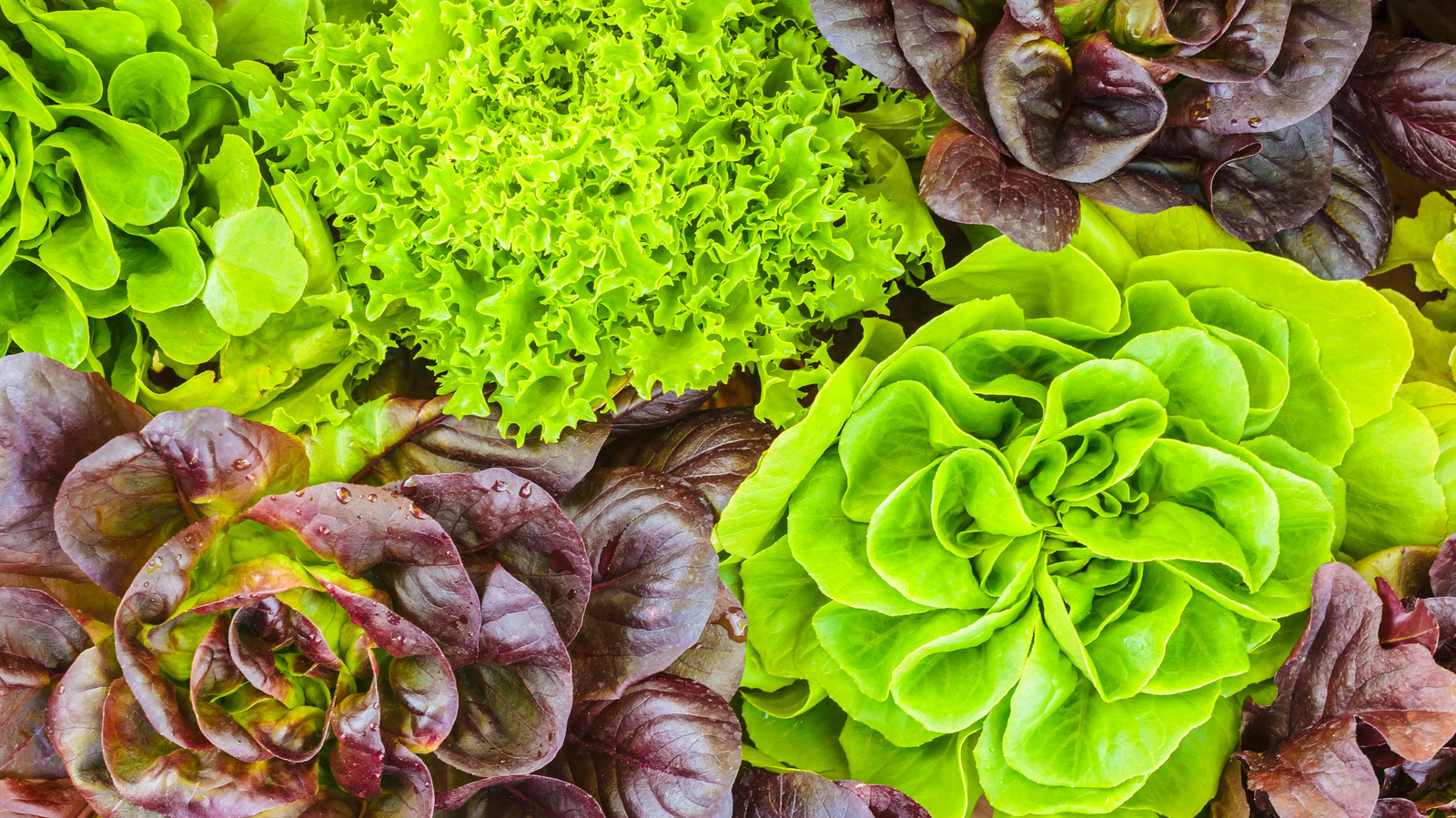
"Lettuce is one of the most satisfying crops to grow: it comes up quickly, doesn't demand much space, asks for little in the way of care, and comes in a dizzying range of varieties. All you really need in order for your lettuce to flourish is cool weather and plenty of sun. But there's one curious exception, a lesser-known variety that only grows in complete darkness."
"Once mature, the roots are dug up and trimmed, leaving them ready for the next phase, which takes place in complete darkness. These roots are then packed into sand and placed in warm, humid conditions to force new growth. Over the course of three to four weeks, each root produces a compact head four to six inches long. This is the signature torpedo-shaped head of tightly layered leaves that makes Belgian endive instantly recognizable."
Belgian endive grows in two distinct stages. In the first stage, roots are cultivated in soil through the summer for about four months and then dug up and trimmed. In the second stage, roots are packed into sand and placed in warm, humid conditions in complete darkness for three to four weeks to force new growth. Each root produces a compact four to six inch torpedo-shaped head of tightly layered pale leaves. Absolute darkness is crucial because light exposure causes excessive bitterness. The variety was discovered accidentally in the late 1800s when stored chicory roots produced edible pale heads.
Read at Tasting Table
Unable to calculate read time
Collection
[
|
...
]